Alfred Eisenstaedt (1898-1995) was a professional photographer for almost 70 years and was responsible for some of the most memorable pictures of the 20th century. Eisenstaedt suffered injuries to both legs during World War I while serving in the German army. He began his professional photography career in Weimar, Germany, in the 1920s. After fleeing Nazi Germany in the mid-’30s, he worked for LIFE magazine from 1936 until 1972, when it ceased publication. Eisenstaedt continued to photograph until the mid-1990s.
Eisenstaedt was exceptionally proficient with 35-mm Leica cameras. By the early 1930s, many European picture magazines published his work in this format. He covered the rise of Adolf Hitler and, in 1935, created a notable series of photographs of Ethiopia, just before the Italian invasion. Life magazine published one of his images on the cover of its second issue, and he became the magazine’s leading photographer, with some 2,500 photo essays and 90 cover shots.
Robert Andreas wrote about Eisenstaedt in his book ‘The Great LIFE Photographers:
“Eisenstaedt never lost his childlike interest in things and people, in what made them what they were. He would put his subjects at ease, then get up close and take a few pictures—he didn’t need roll after roll—then it was on to the next person, the next happening, tirelessly pursuing the heart of the matter that he saw so easily and wanted very much for us to see too.”


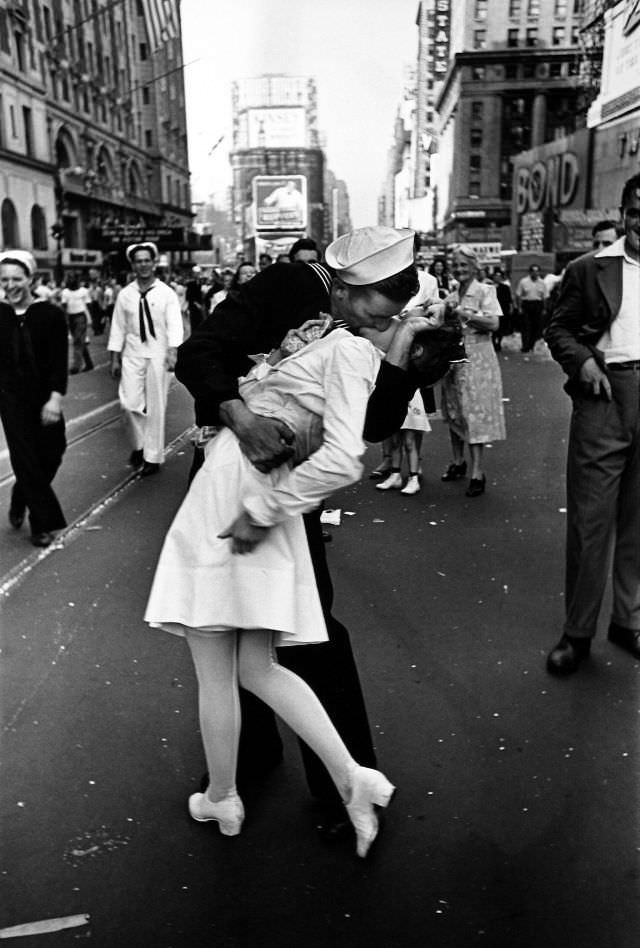
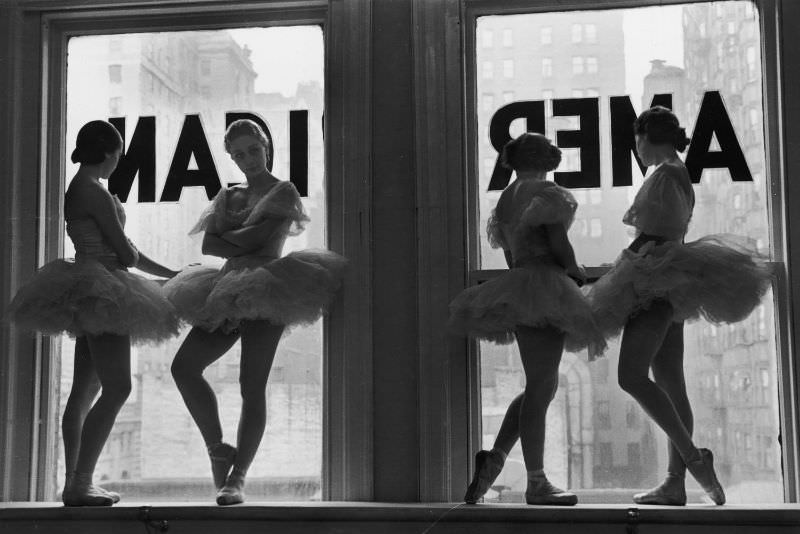
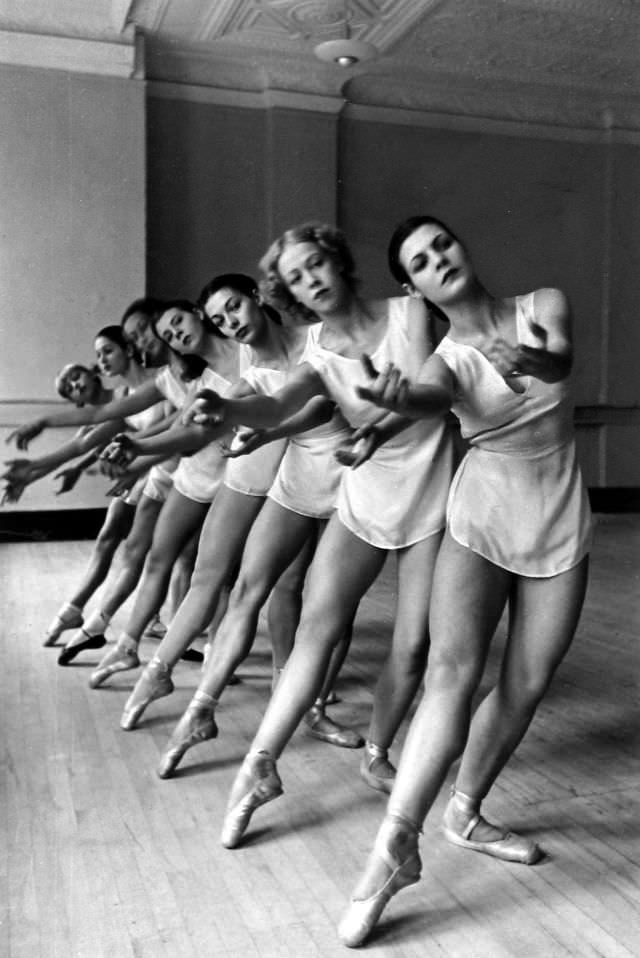
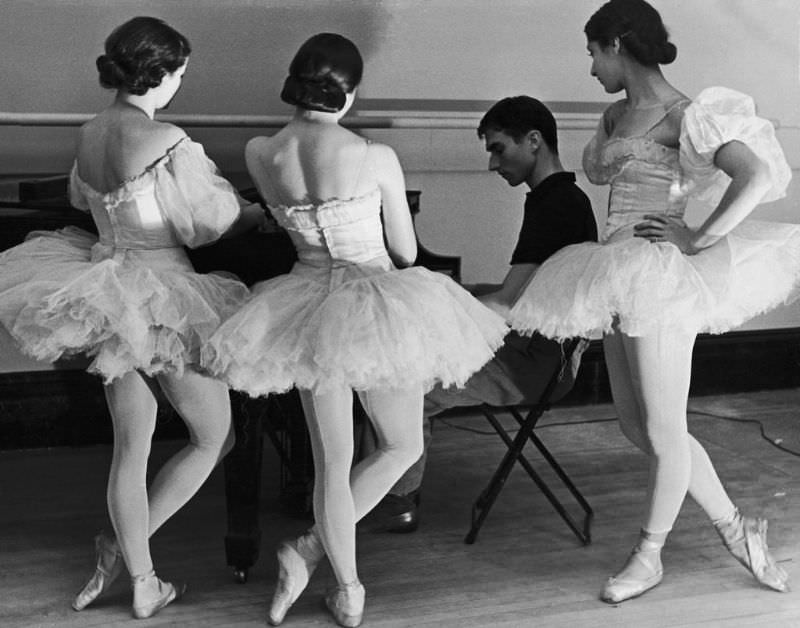
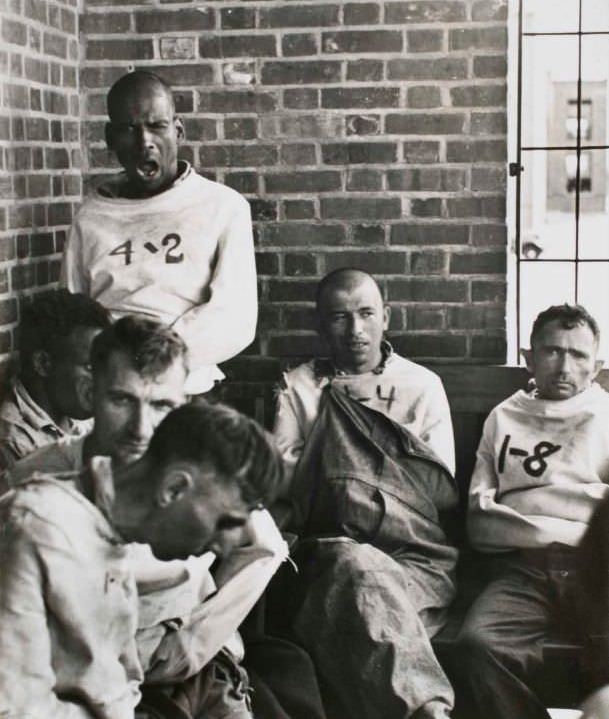
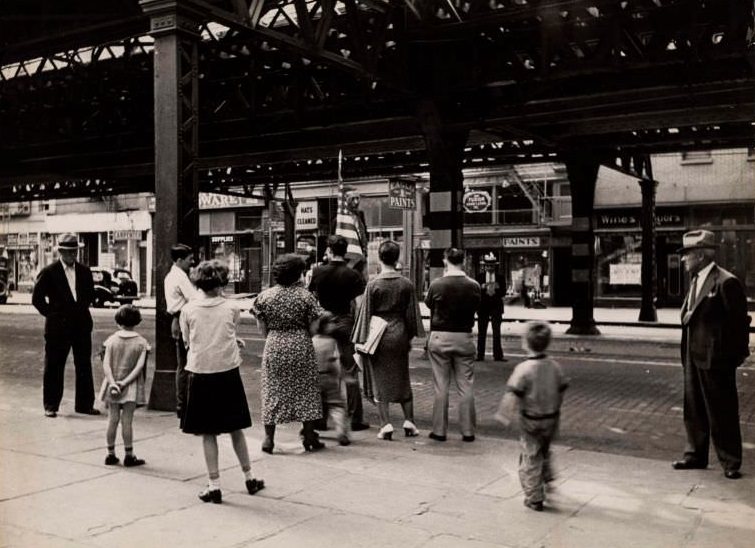

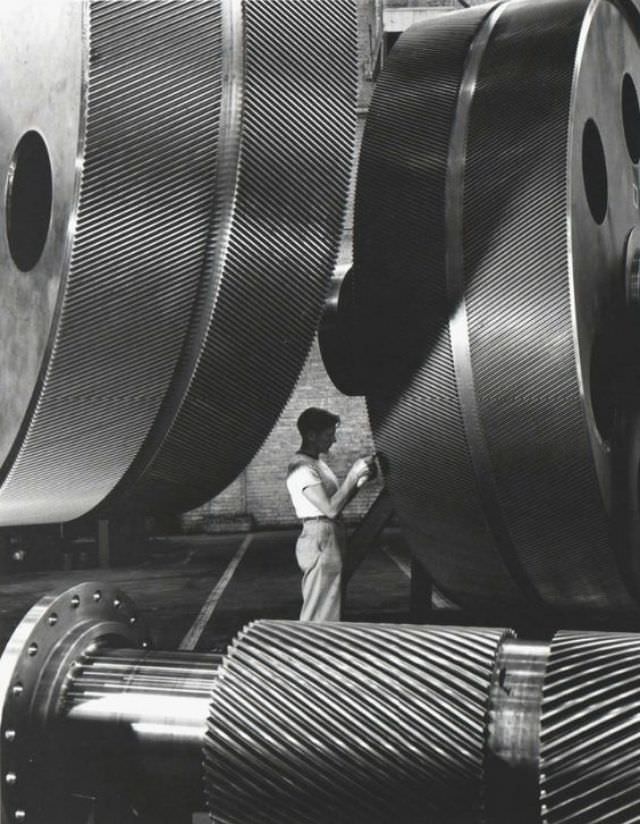
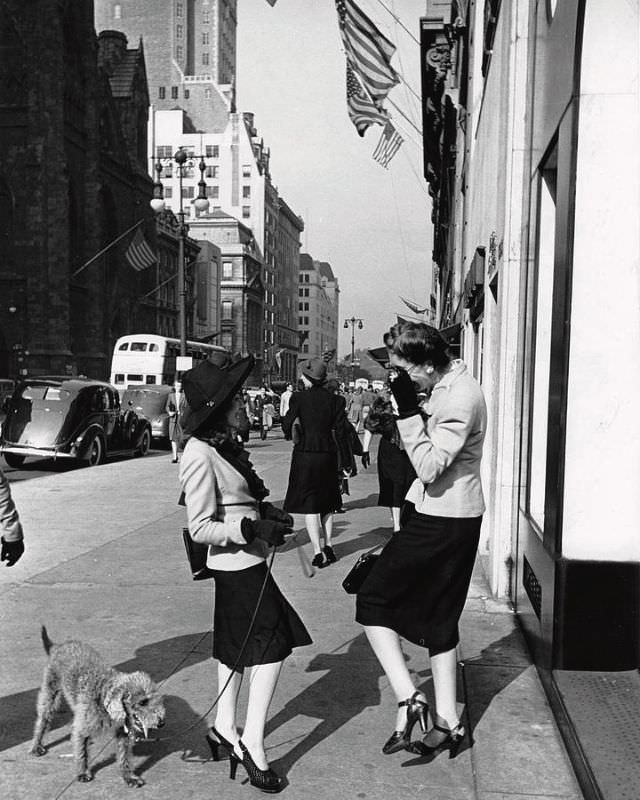
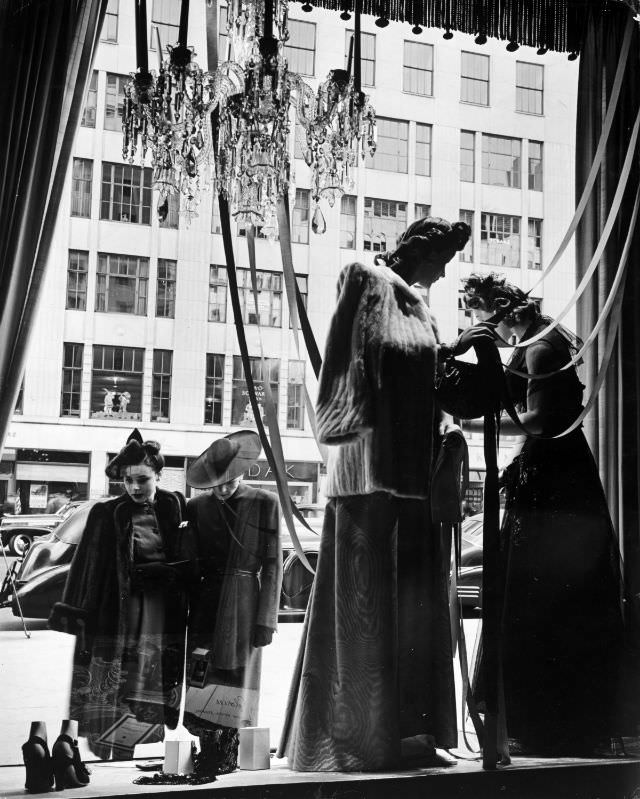
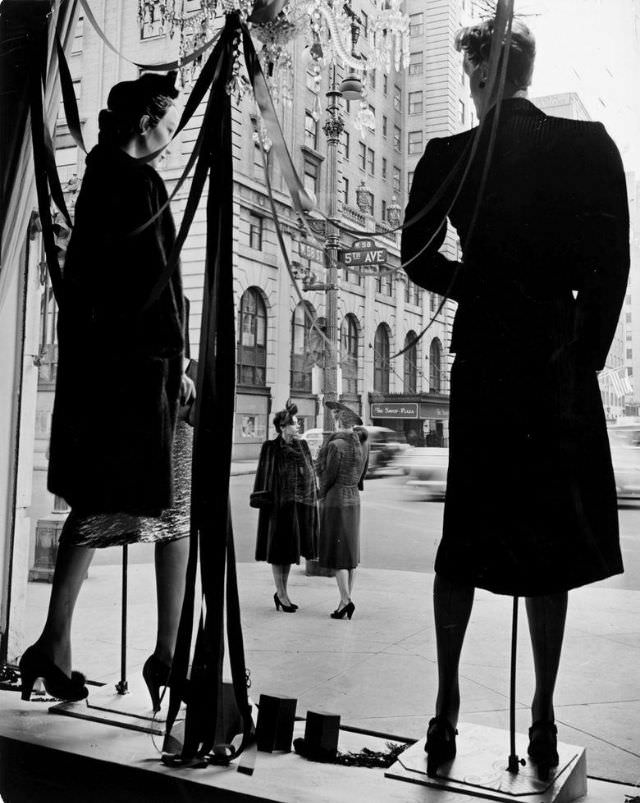

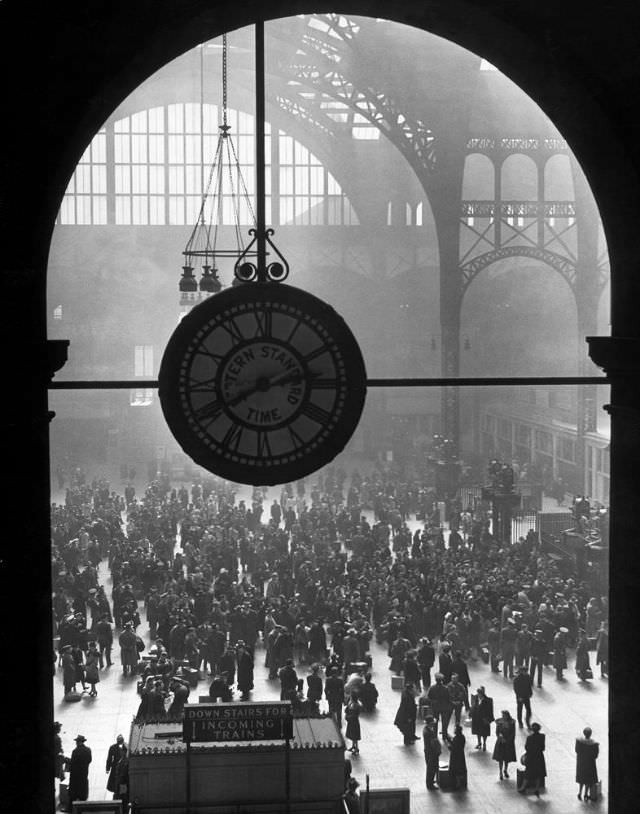
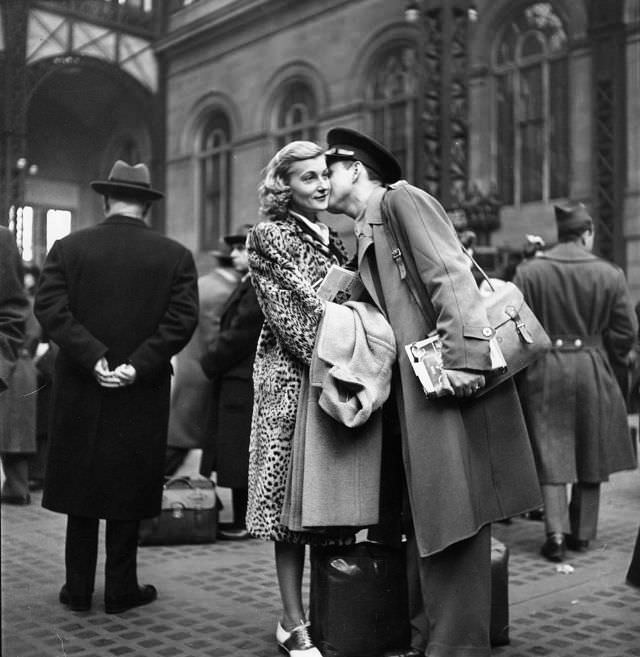
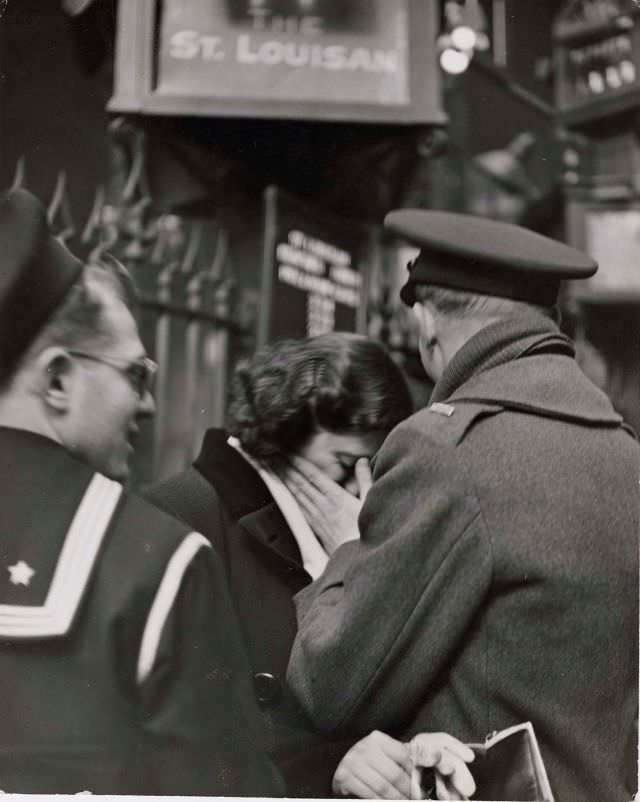
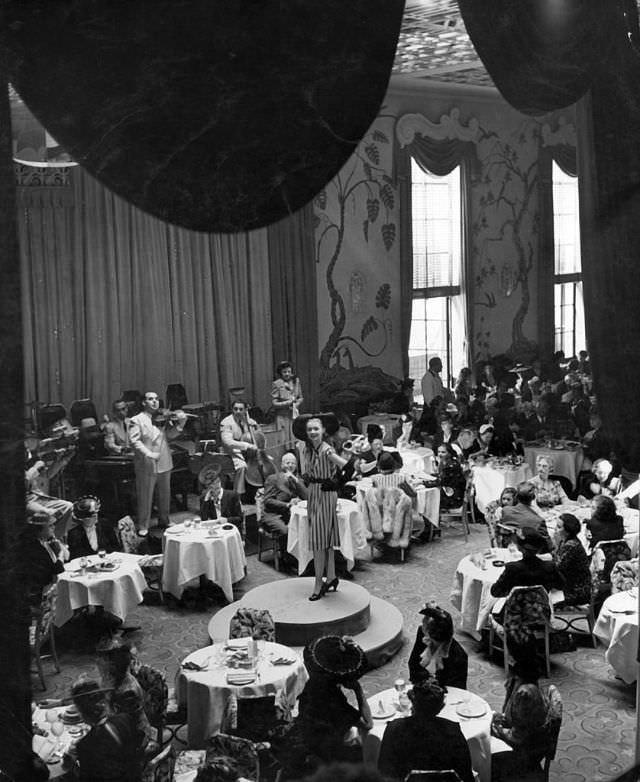
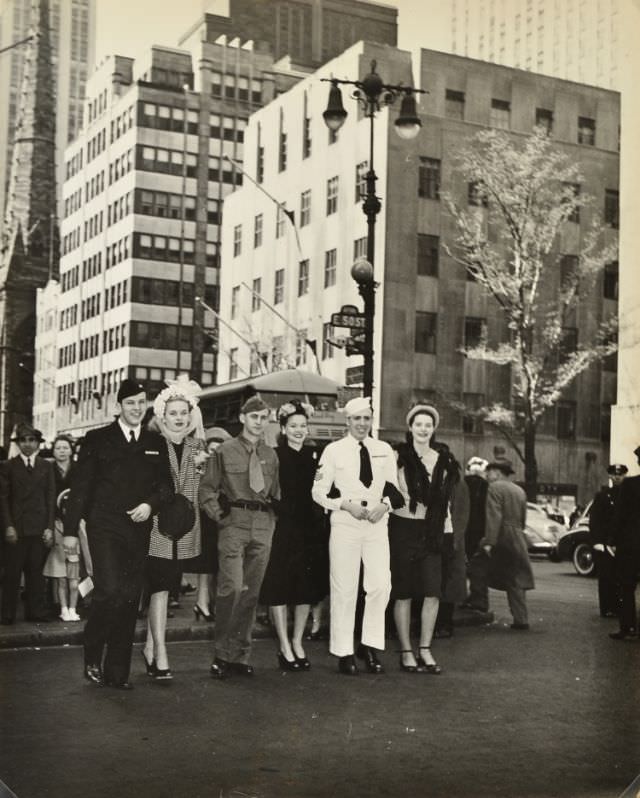
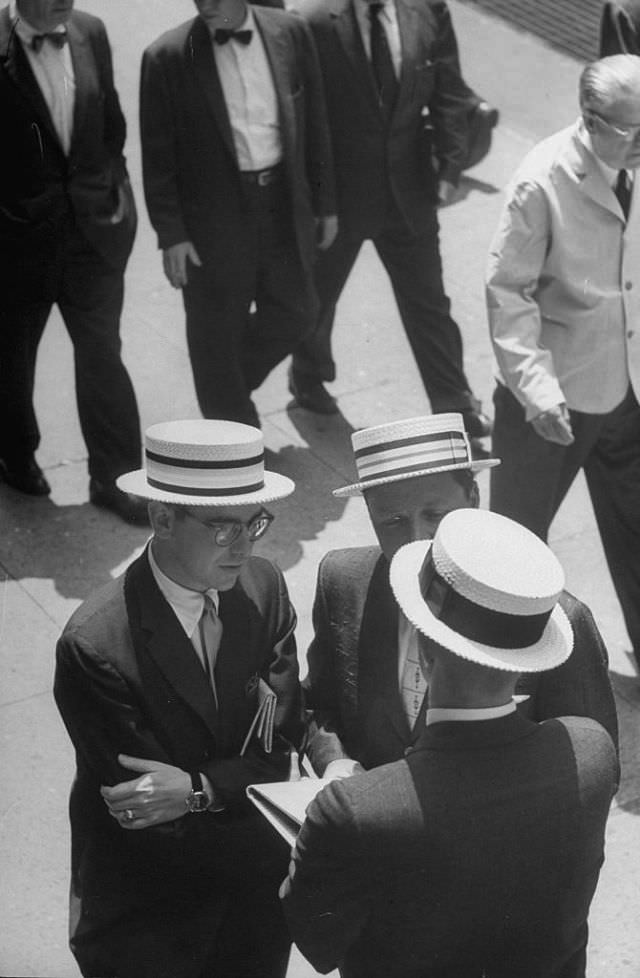


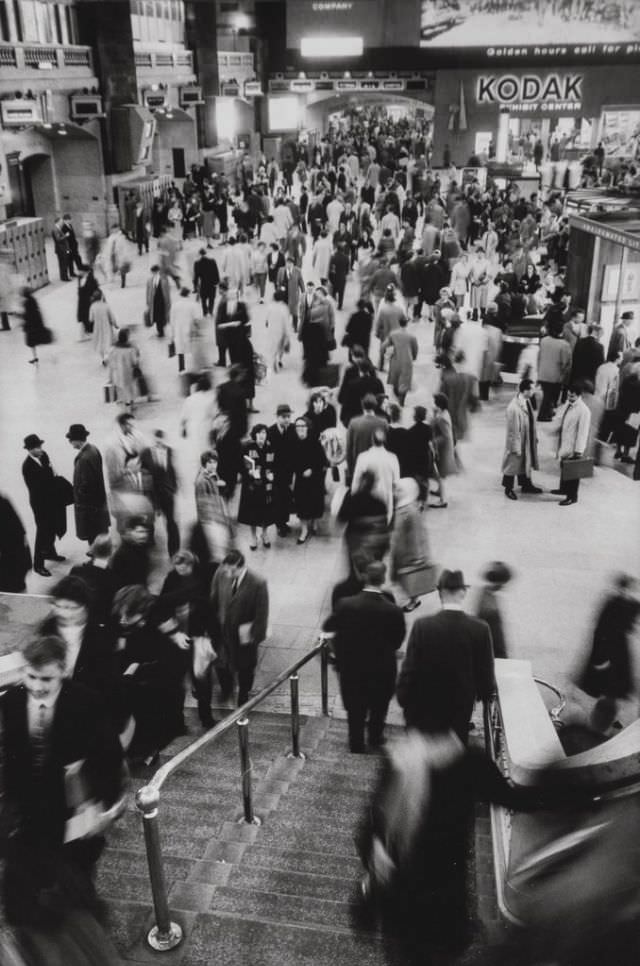
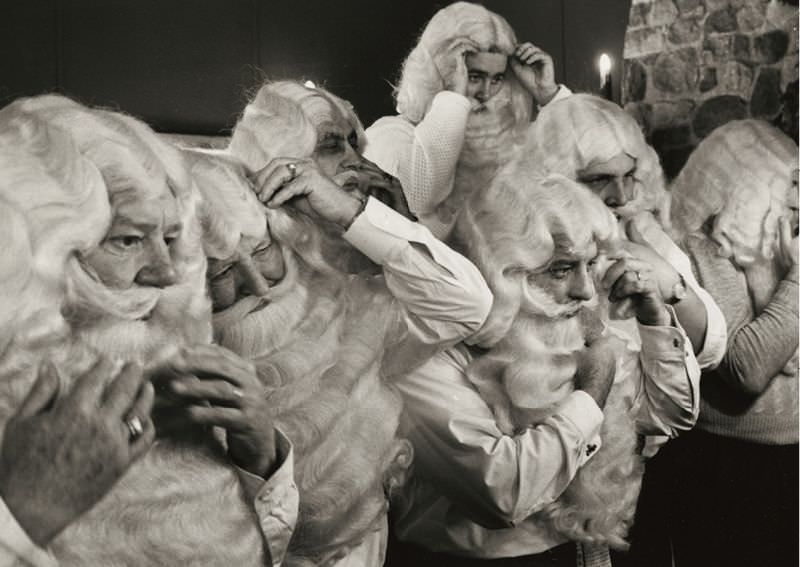
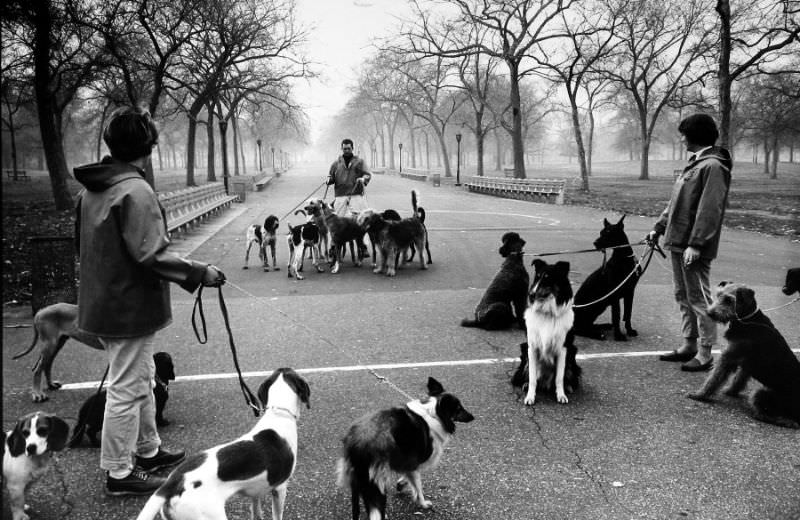
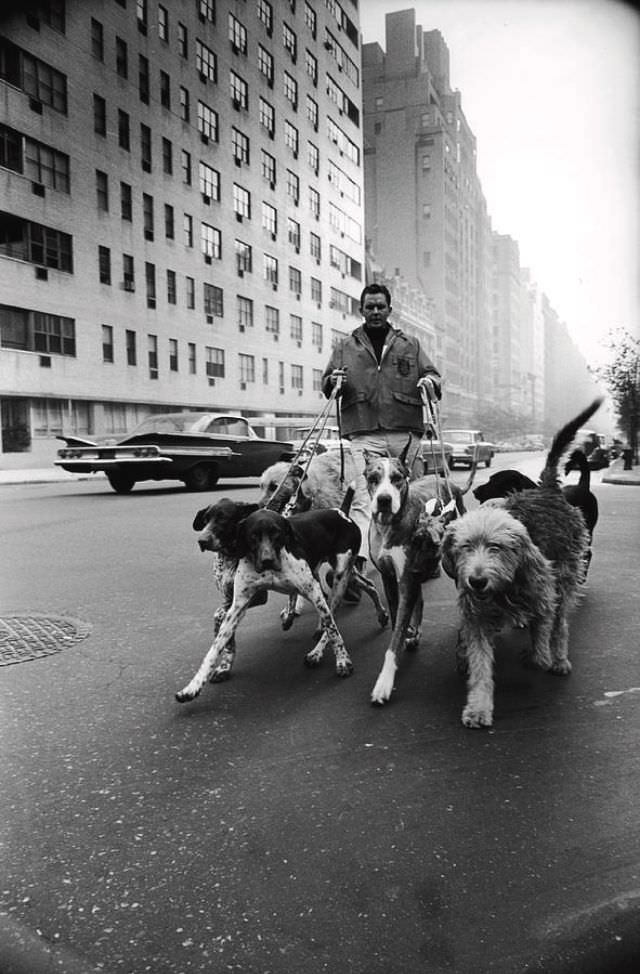
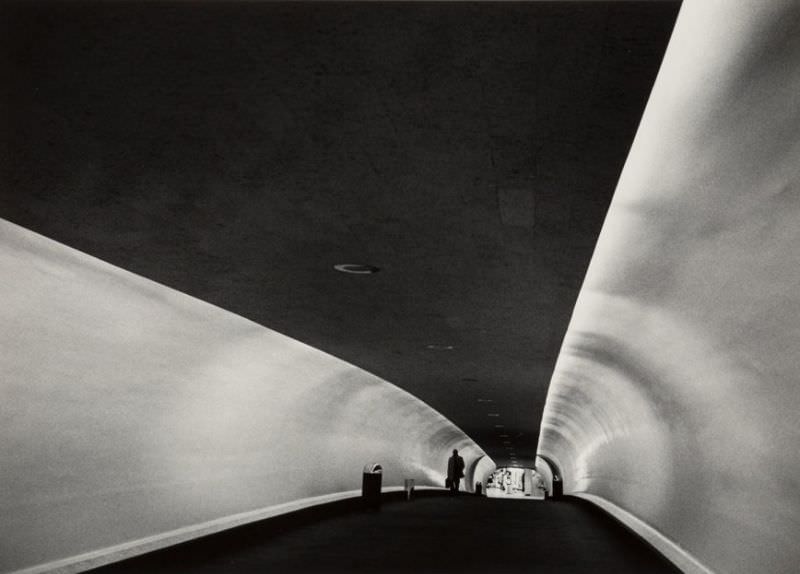
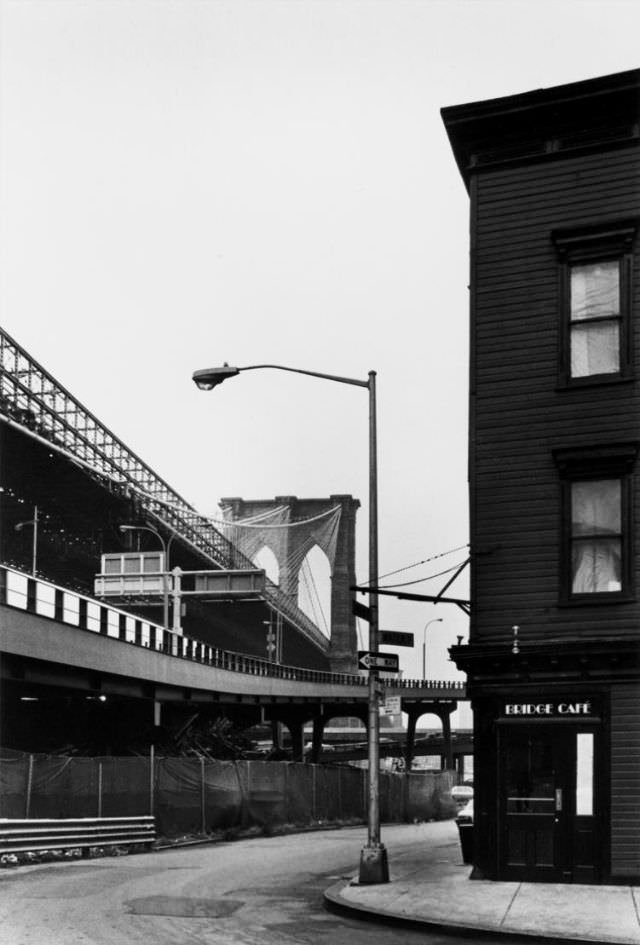

GIPHY App Key not set. Please check settings